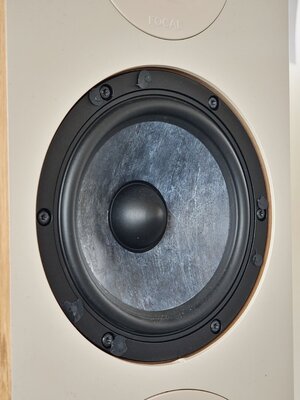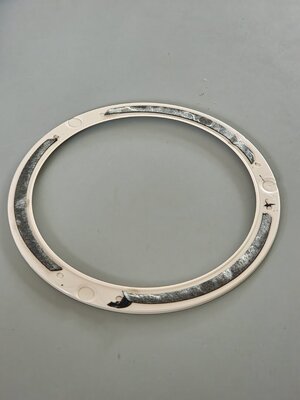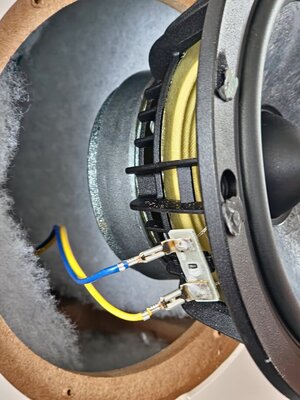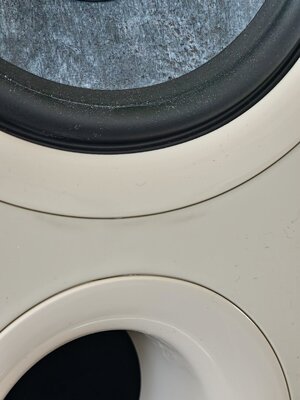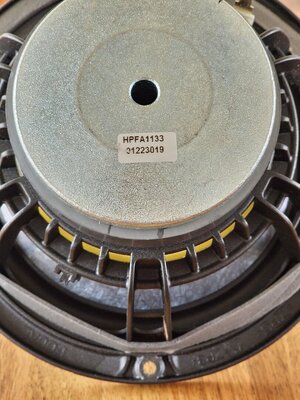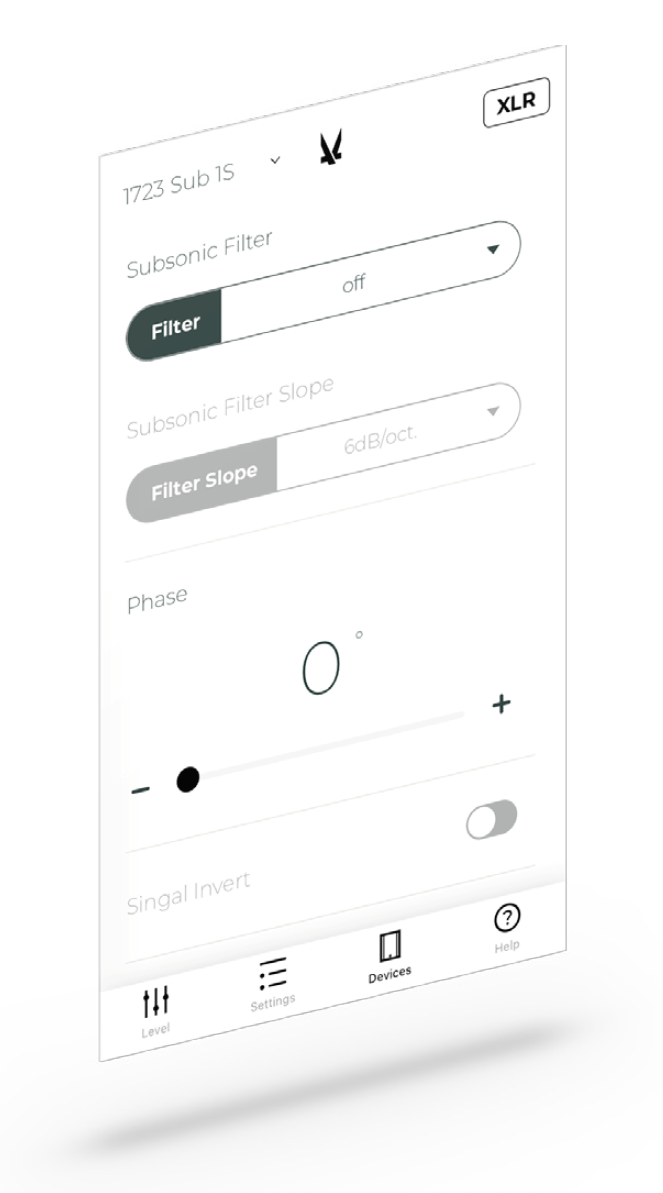Al ears
Well-known member
Cone flap is not volume dependent, it's an issue with turntables and feedback, some speakers are more prone to it than others.Thats the crossovers not protecting the speakers. or the amp loosing control. I highly dbout that is rumble you would see that quite early on with the volume.
Glad you're getting it sorted anyhow im sure you'll be back up and running in no time.
Warped records don't help either.....

![8480-DSCF0259-0-1-1200x800[1].JPG 8480-DSCF0259-0-1-1200x800[1].JPG](https://whathifi-data.community.forum/attachments/6/6353-272ffc65587ee839a68f9a845d79aed8.jpg?hash=Jy_8ZVh-6D)
![technics_su_8600_tmc-4[1].jpg technics_su_8600_tmc-4[1].jpg](https://whathifi-data.community.forum/attachments/6/6354-430bf1e35ebadddb520082a2925e0148.jpg?hash=Qwvx41663d)
